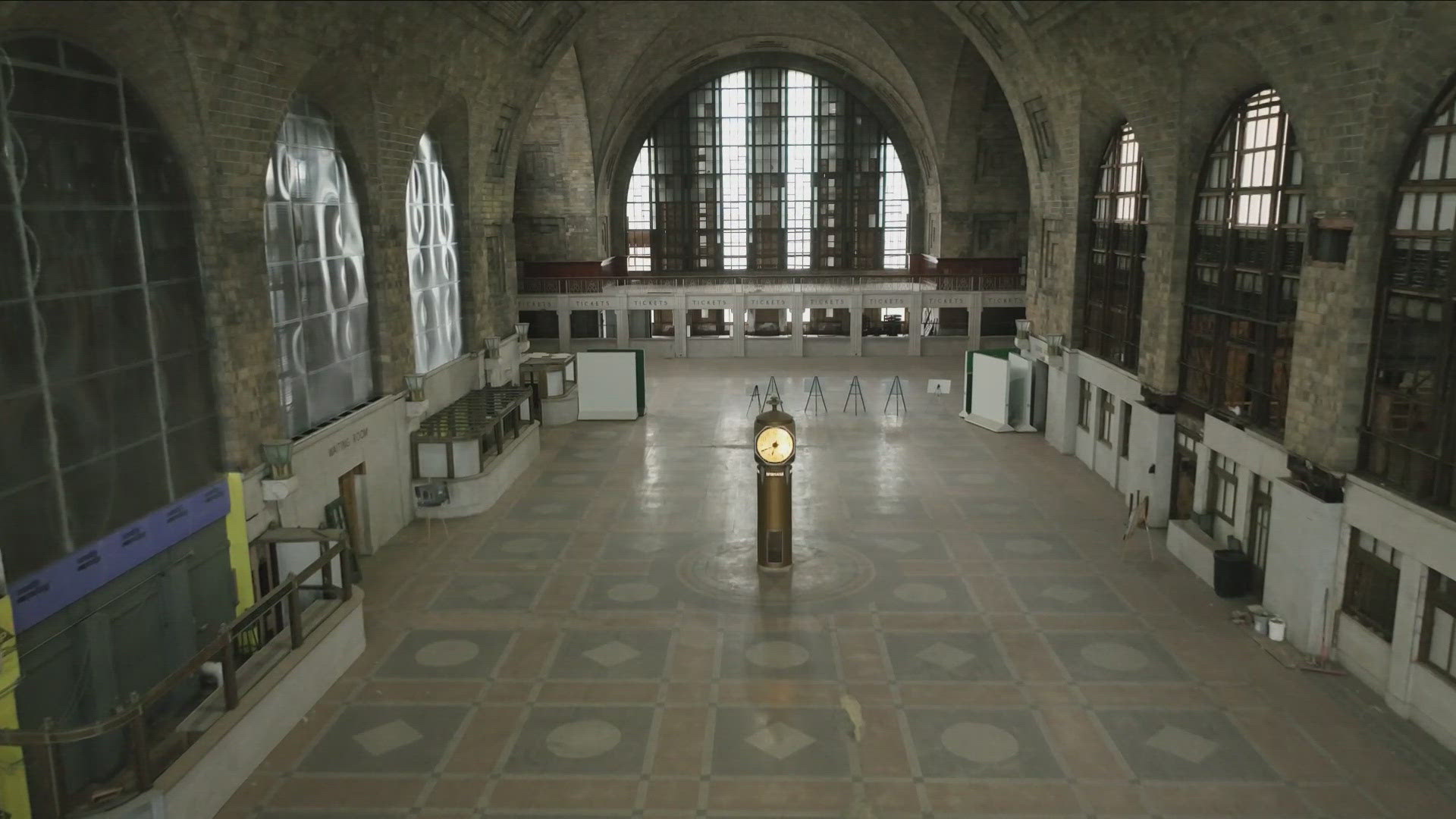BUFFALO, N.Y. — Construction has now begun on the revitalization of Buffalo's Central Terminal.
This phase of the construction will focus safety and stabilization of the building, as well as maintaining safe access into the passenger concourse and expanding use of the plaza and lawn for community use.
Structural improvements to the plaza and parking structure is also part of the project, as well as waterproofing the building from future weather damage. Roof and masonry work will also be completed.
Inside the main terminal building, repairs will be made to the Guastavino wall and ceiling tiles, floors, marble wainscoting and walls. They will also install new lighting, fire alarms and smoke detectors and adding new doors at the entrances and exits of the lobby.
The project also includes creating a new emergency exit to Curtiss Street and securing the structural integrity of the waiting room and concourse wall and passenger concourse floor.
The $33 million construction project is expected to take about two years to complete. There will still be public access on the west side of the passenger concourse, entrance lobby and former retail spaces for special events while repairs are being made.
Now overall for a complete renovation of the Central Terminal complex they project a cost of over $300 million dollars with a grand plan for an events center, maybe even workplace, office and housing space.
But the big question for this big building: Where will that money come from?
James Morrell, who is Chairman of the Central Terminal Restoration Corporation, told 2 On Your Side, "So hopefully the community, the state. We want to make sure that we're doing the right thing, that we're doing it in phases, that we're doing it incrementally. And then as we begin to show some areas that are being done, I think the state will come through, and other areas in this community will come through with funding."
Obviously, that's a big ask as they say. But the state has already committed over $25 million in startup funding through Empire State Development.
And there is hope for a growing public-private partnership with other elements of the community and developers and tax credits to make this work.

